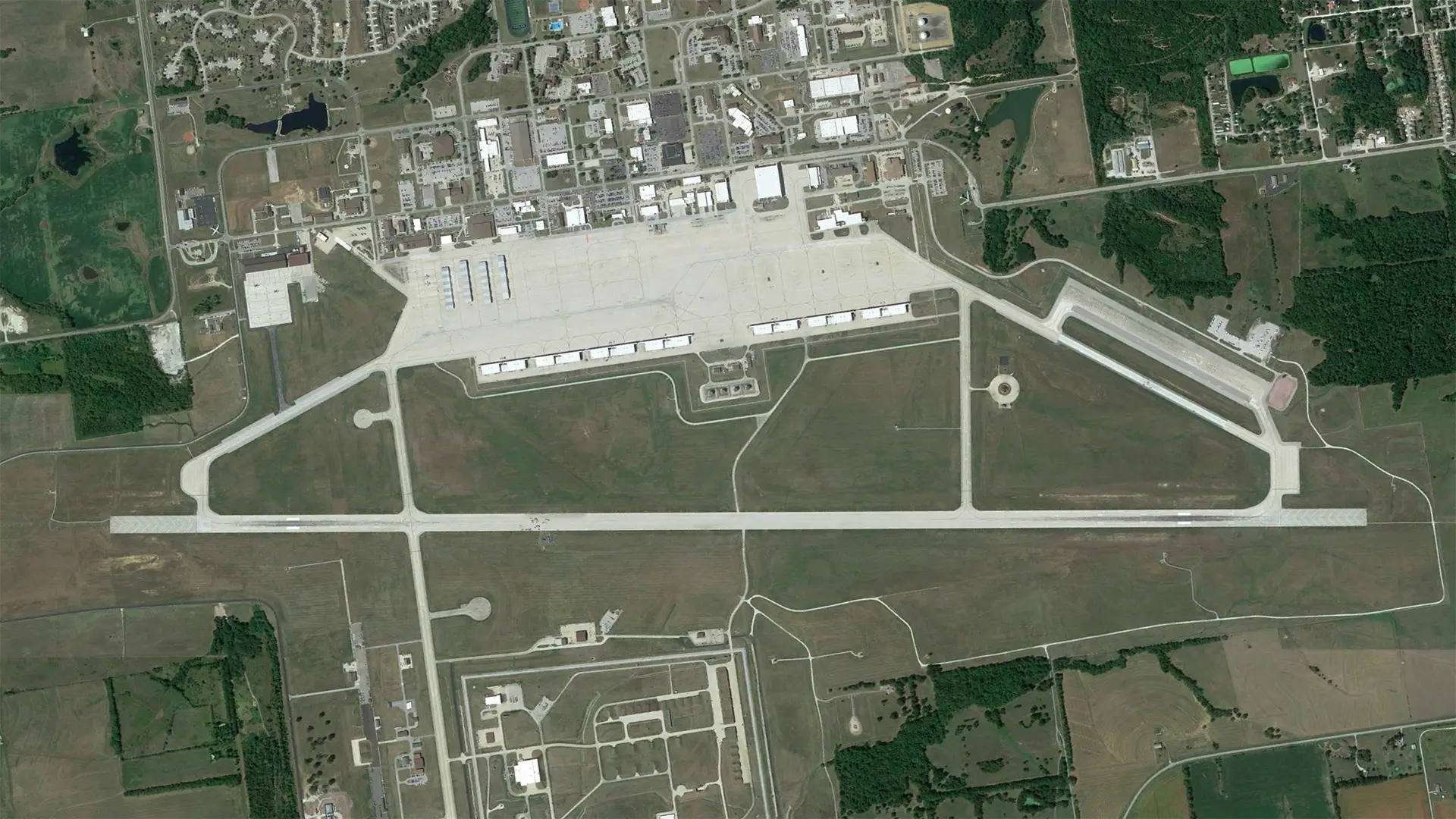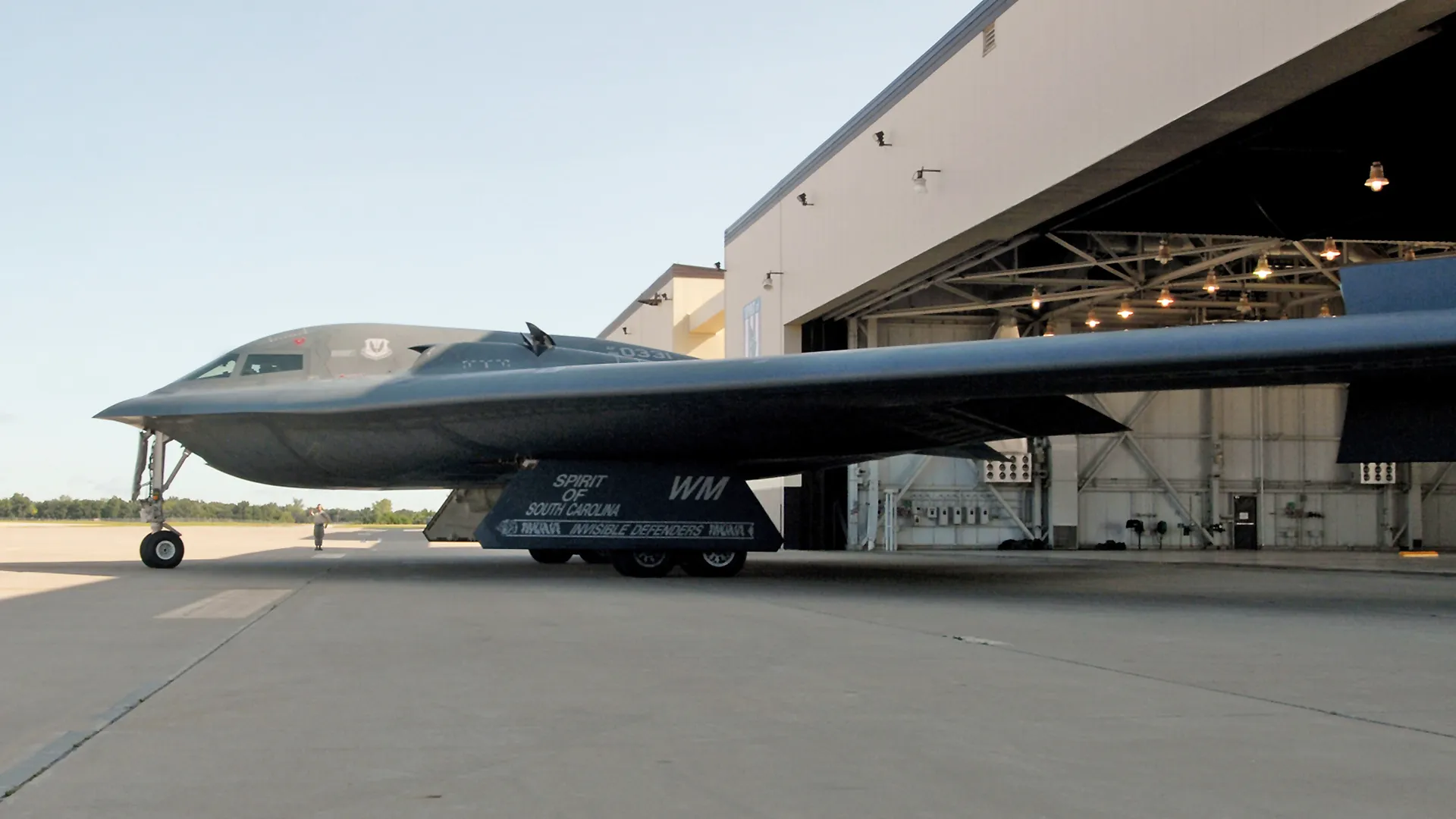Verification within Meta’s Third-Party Fact-Checking Program
Claims are being spread online that Ukraine allegedly destroyed bombers, which, according to the New START treaty, Russia was obligated to keep unprotected and visible. It is alleged that this constitutes a violation of international law.
However, this is false. The New START treaty did not require bombers to be unprotected and does not apply to all types of aircraft hit in the Spiderweb operation.
Screenshot of the post
The Strategic Arms Reduction Treaty, known as New START (or START III), was signed between the U.S. and Russia in 2010 and entered into force in 2011. New START limited each side’s deployed nuclear warheads to 1,550 units and intercontinental ballistic missiles (ICBMs), submarine-launched ballistic missiles, and heavy bombers to 700 units. A key verification mechanism was bilateral inspections: representatives from Russia and the U.S. had the right to personally visit each other’s nuclear facilities to check compliance with the limits.
The treaty was supposed to remain in effect until 2026. However, in 2023, Russia officially announced its unilateral suspension of participation in the treaty. It no longer complies with the transparency and inspection provisions. Ironically, Russian propagandists are referencing obligations under a treaty that Russia has suspended.
The idea that any country, even under an arms control agreement, is obligated to keep its combat aircraft “unprotected” at active military bases is absurd. Such treaties provide for inspections, data exchanges on missile locations, combat readiness, and testing, but they never require military assets to be left “unprotected”. The security of military bases and equipment is a priority for any army.
Moreover, the New START treaty explicitly states that “the obligation not to use concealment measures shall not apply to cover or concealment practices at ICBM bases or to the use of environmental shelters for strategic offensive arms.” This means New START did not require bombers to be kept out in the open air. This clause directly permits the use of regular airbase infrastructure, such as hangars.
Placing combat aircraft in shelters is standard practice in the U.S. as well. For example, at Whiteman Air Force Base in Missouri, where B-2 stealth bombers capable of carrying nuclear weapons are based, the aircraft are kept in hangars. They are not visible in satellite images available online.

Top: satellite image of Whiteman AFB, USAF; Bottom: B-2 bomber near a hangar. Source: The War Zone
Furthermore, not all aircraft struck by the Security Service of Ukraine during the Spider web special operation fall under the scope of New START. For instance, the Tu-22M3, although long-range, has never been classified as a strategic bomber limited by the treaty. The A-50 airborne early warning aircraft is not a bomber at all and has no relation to New START. Its primary function is reconnaissance, control, and targeting. The destroyed An-12 also does not belong to strategic aviation.
Previously, we reported on the uniqueness of the Spiderweb operation targeting Russia’s strategic aviation.
Attention
The authors do not work for, consult to, own shares in or receive funding from any company or organization that would benefit from this article, and have no relevant affiliations



